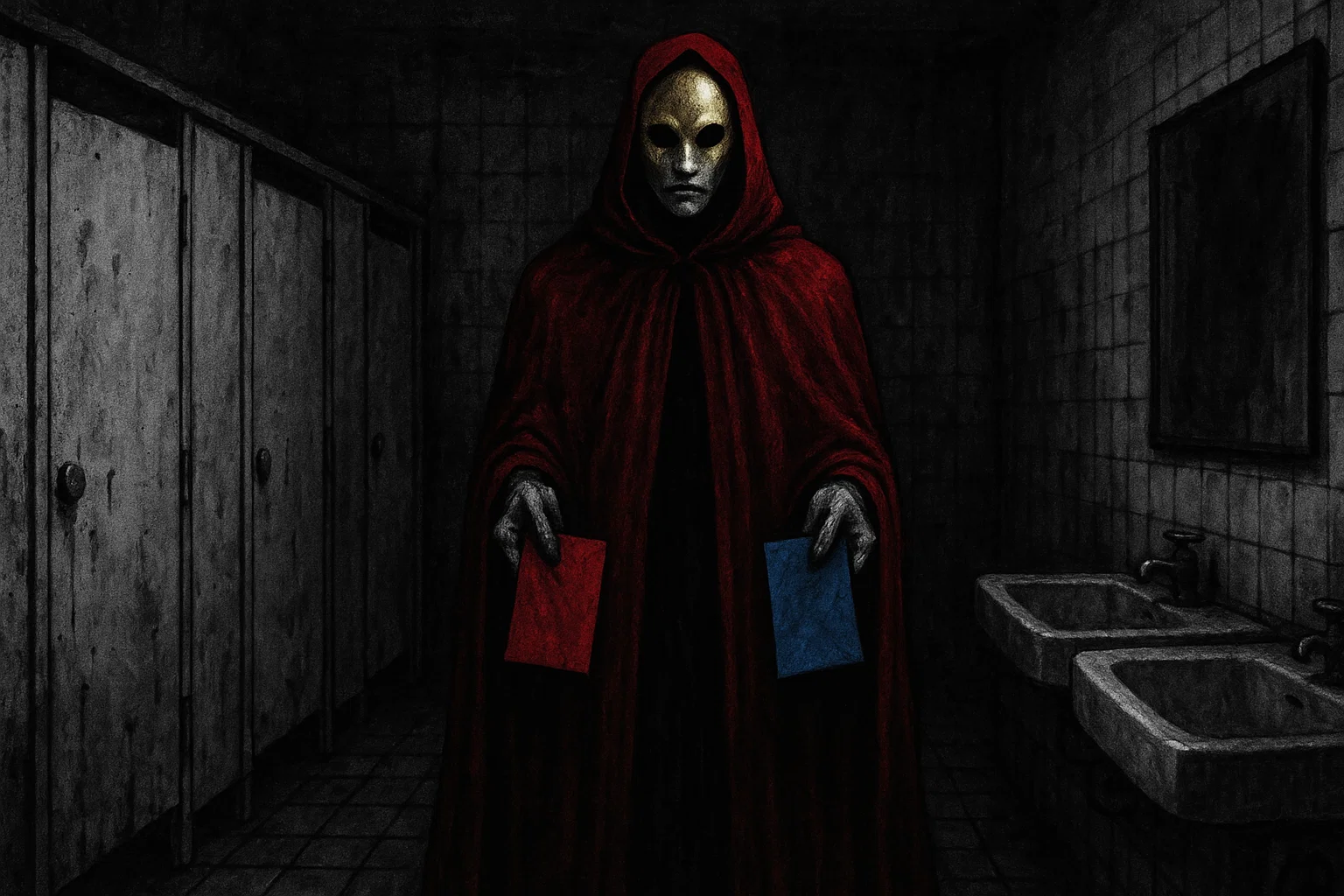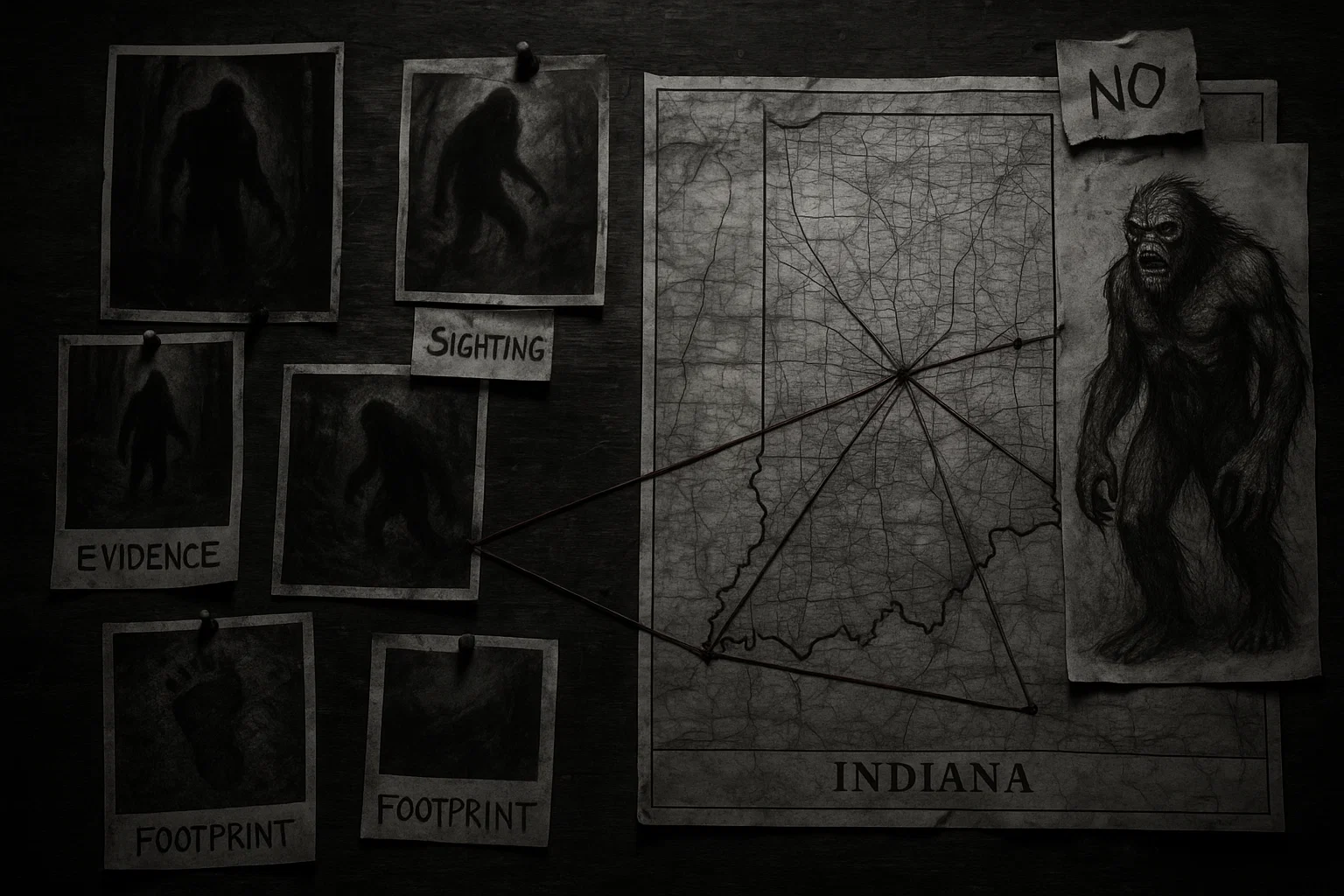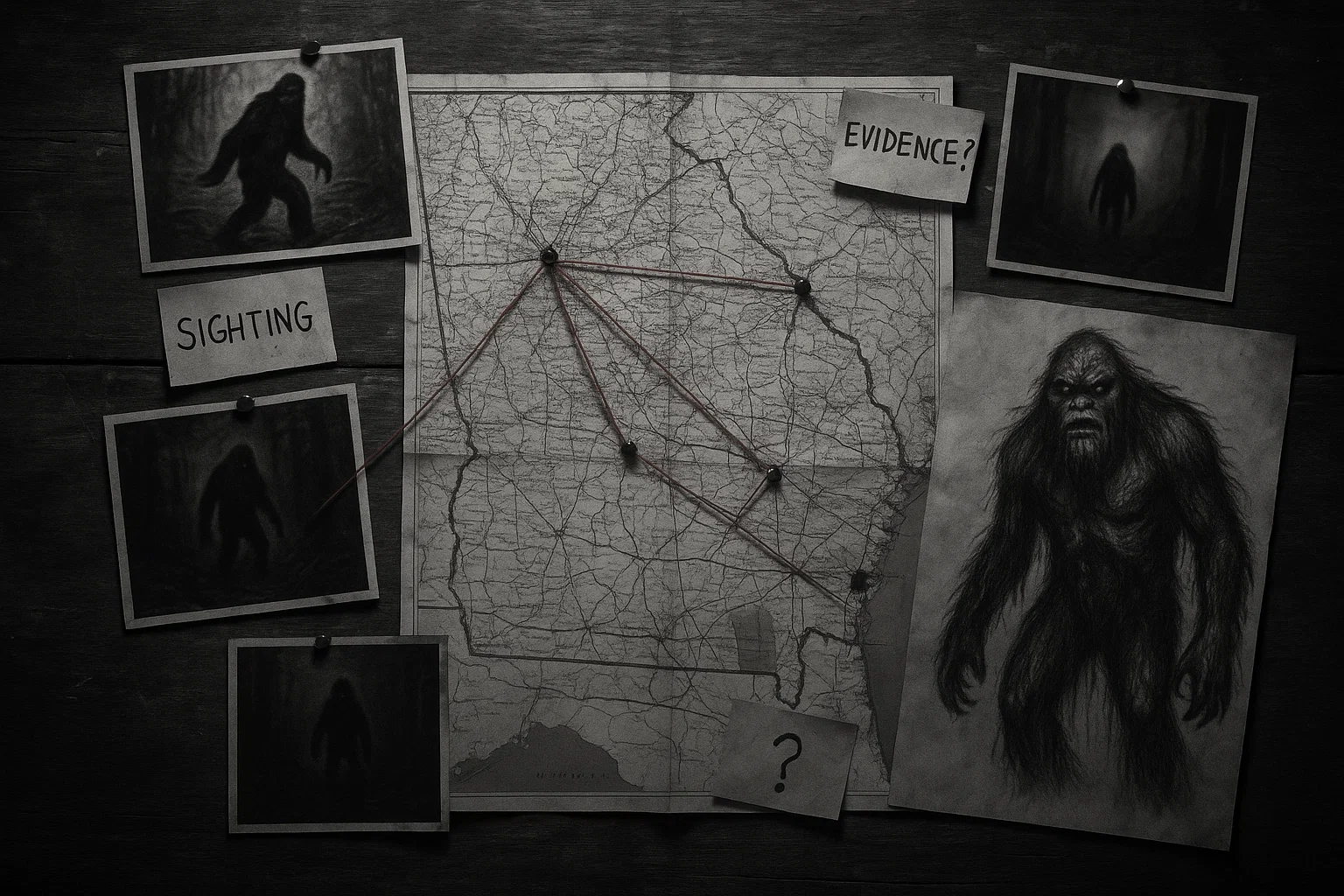In the eerie realm of Japanese folklore, Aka Manto (赤マント, meaning “Red Cloak”) reigns as a spine-chilling urban legend. This ghostly figure haunts school and public bathrooms, lurking in the shadows of dimly lit stalls.
Known for its menacing question—“Red paper or blue paper?”—Aka Manto traps victims in a deadly dilemma where every choice leads to doom. This sinister spirit, cloaked in red and masked in mystery, embodies the fear of being alone in a vulnerable place.
Its tale weaves together tragedy, suspense, and supernatural horror, making it a cornerstone of Japanese ghost stories. Dive into the haunting world of Aka Manto, where a simple visit to the restroom could turn into a nightmare.
Table of Contents
Who Is Aka Manto?
Aka Manto, or “Red Cloak,” is a malevolent yōkai (a supernatural creature in Japanese mythology) that haunts bathrooms, especially in schools.
This entity targets lone individuals, often late at night, in the most isolated stalls. Described as a tall male figure, Aka Manto wears a flowing red cloak and a mask—sometimes white, sometimes golden—that hides its face.
Some tales claim a handsome face lies beneath, while others describe a blank, featureless void, heightening its terror. The spirit’s signature move is asking, “Red paper or blue paper?” Choosing either leads to a gruesome fate, symbolizing the dread of impossible decisions.
This legend resonates with students, reflecting the stress of facing tough choices, like answering a tricky question in class.
Aka Manto History
The legend of Aka Manto emerged in the early 20th century, with roots tracing back to the 1930s in Osaka, Japan. During this period, schoolchildren began whispering tales of a mysterious figure haunting bathrooms, a story that spread rapidly across Japan and even to Korea during Japan’s occupation (1910–1945).
The name manto originally referred to a sleeveless kimono jacket, but by the 1930s, it evolved to mean a cloak or cape, shaping the modern image of Aka Manto as a cloaked specter.
One dark tale suggests Aka Manto was once a charismatic young man, possibly a teacher or student, whose striking looks drew unwanted attention.
To escape admirers, he wore a mask, but his life ended tragically in a bathroom—perhaps through murder, suicide, or a bizarre accident. Some accounts from the Shōwa era (1926–1989) in Ōkubo, Tokyo, link Aka Manto to a series of gruesome incidents.
In 1934, local newspapers reported a string of unexplained deaths in school bathrooms, including a 17-year-old student found with deep lacerations in Osaka’s Tennoji district.
Authorities attributed these to a deranged attacker, but rumors tied them to a red-cloaked figure. Another incident in 1936 involved a fire in a Kobe school restroom, where a janitor claimed to see a masked figure vanish into the flames, leaving no trace.
In the 1940s, during wartime, stories of Aka Manto intensified. In Fukuoka, a soldier reportedly encountered a cloaked figure in a military base’s latrine, only to be found strangled hours later, his face drained of color.
These tragedies fueled speculation that Aka Manto was a vengeful spirit born from violent deaths or unresolved grievances. Some scholars connect the legend to older yōkai, like the kainade, a hairy creature known for tormenting bathroom-goers in feudal Japan.
The kainade was said to grab at people’s hands, a trait that may have evolved into Aka Manto’s deadly paper game.
By the 1950s, Aka Manto stories grew darker. In Kyoto, a 1952 urban legend claimed a girl committed suicide in a school bathroom after being bullied, her blood-soaked body found in a stall.
Locals whispered that her spirit became Aka Manto, seeking revenge on those who entered her domain. These tales, rich with tragedy, murder, and mystery, cemented Aka Manto as a symbol of bathroom-based horror, reflecting cultural fears of isolation and vulnerability in private spaces.
You May Also Like: The Midnight Traveler | Horror Story
Aka Manto Urban Legend
The Aka Manto legend centers on a chilling encounter in a bathroom, typically the last stall in a school or public restroom. Late at night, a lone person hears a disembodied voice ask, “Red paper or blue paper?”
The choices are a trap:
- Red paper: The victim is slashed or flayed, their body drenched in blood, as if wrapped in a red cloak.
- Blue paper: The victim is strangled or drained of blood, leaving their skin pale blue.
Variations of the legend add chilling twists. In a 1960s Tokyo version, a student named Aiko Tanaka at Shinjuku High School reportedly heard the question while in the fourth stall—considered unlucky due to the Japanese word for four (shi) sounding like “death.”
She chose red and was found the next morning, her body covered in deep cuts. In a 1970s Osaka tale, a boy named Hiroshi Kato picked blue and was discovered with his face blue, as if suffocated, in a public park restroom. These stories, often tied to specific schools or dates, add a layer of realism to the legend.
Another variation replaces paper with cloaks or vests. In a 1980s Kobe story, a female student, Michiko Yamada, entered a school bathroom and heard, “Shall we wear the red vest or the blue vest?”
She chose red, and her body was later found decapitated, her school uniform vest soaked in blood. A similar tale from Hiroshima in 1992 describes a man encountering Aka Manto in a train station restroom, choosing blue, only to be found with his blood drained, his body cold and lifeless.
Some versions introduce other colors. In a 2000s Fukuoka legend, choosing yellow paper results in the victim’s head being plunged into the toilet, sometimes filled with urine or supernatural sludge, leading to drowning or humiliation.
A rare 1990s Sapporo variant mentions white paper, where a white hand emerges from the toilet to drag the victim into an unknown abyss. In a particularly gruesome 1985 Kyoto story, a teacher named Kenji Sato chose “no paper” and was spared, but his colleague, who answered “red,” was found with their skin peeled off, resembling a flayed animal.
The legend’s variations reflect regional fears and cultural nuances. In rural areas like Tohoku, Aka Manto is sometimes linked to abandoned shrines or old latrines, where the spirit is said to guard sacred grounds.
In urban Tokyo, the ghost haunts modern facilities, blending traditional yōkai lore with contemporary settings. These tales, often tied to specific events like a 1947 bathroom fire in Nagoya or a 1963 suicide in a Yokohama school, keep Aka Manto alive in Japan’s collective imagination.
Why Does Aka Manto Wear a Mask?
The mask of Aka Manto is a key element of its mystique. In some stories, it conceals a handsome face, tying to the idea that the spirit was a charming man who met a tragic end.
A 1938 Osaka legend claims he was a teacher named Taro Nakamura, killed by a jealous rival in a bathroom, his mask hiding his identity in death. Other tales describe a featureless face, symbolizing the unknown and amplifying fear.
In modern versions, the mask is sometimes golden, adding an eerie elegance to the ghost’s appearance. The mask serves as a barrier, making Aka Manto both alluring and terrifying, a figure whose true nature remains hidden.
You May Also Like: The Village of Starving Souls | Horror Story
What Are the Aka Manto Rules?
Unlike some Japanese urban legends with specific summoning rituals, Aka Manto appears uninvited, typically in the last or fourth stall of a bathroom, especially at night.
The number four is significant in Japanese culture, as its pronunciation (shi) mimics the word for “death,” making it a fitting haunt for a deadly spirit.
The rules for encountering Aka Manto are straightforward but perilous:
- Never choose red or blue: Both options lead to gruesome outcomes—red for slashing, blue for strangulation.
- Stay silent or decline: Ignoring the question or politely refusing paper is the safest response.
- Flee the stall: Leaving the bathroom immediately can prevent an encounter.
- Avoid the last stall: Especially the fourth, which is considered Aka Manto’s domain.
These rules share similarities with other Japanese urban legends. For example, Kokkuri-san, a spirit-summoning game, requires participants to follow strict protocols, like saying “goodbye” to end the ritual, to avoid angering the spirit.
Similarly, Kuchisake-onna (the Slit-Mouthed Woman) demands a specific response (“You’re average”) to escape her wrath. In Japanese mythology, yōkai like the kappa (river spirit) have rules, such as bowing to make them spill water from their head, rendering them harmless.
Aka Manto’s rules reflect a broader cultural theme of respecting supernatural boundaries and using wit to outsmart malevolent entities. The emphasis on quick thinking parallels the stress of school exams, suggesting a connection to the pressures faced by Japanese students.
How to Survive Aka Manto?
Surviving Aka Manto requires calm and cunning. Here are detailed strategies to escape this bathroom terror:
- Stay silent: Pretend you didn’t hear the question. Finish quickly and leave the stall.
- Politely decline: Say, “I don’t need paper,” or “No, thank you.” This avoids engaging with the spirit’s trap.
- Run away: If you sense a presence, exit the bathroom immediately. Don’t look back, as some tales warn Aka Manto may pursue you.
- Try a different color: Saying “yellow paper” might lead to a non-lethal outcome, like a dunk in the toilet, but this is risky and not guaranteed.
- Avoid the fourth stall: Use a different stall, especially in older school buildings where the legend is strongest.
These tactics echo survival strategies for other Japanese urban legends not previously mentioned.
For instance, Hachishakusama (the Eight-Foot-Tall Woman) requires fleeing her presence or avoiding her call of “Po po po.” Similarly, Hikiko-san, a bullied ghost girl, can be escaped by showing kindness or avoiding her gaze.
In the Hyaku Monogatari (Hundred Tales) game, participants must extinguish a candle after each story to prevent summoning a real yōkai. Like these legends, Aka Manto demands quick thinking and adherence to specific rules, reinforcing the idea that knowledge and composure are key to surviving supernatural encounters.
You May Also Like: Vassago: The Demon Who Pretends to Be an Angel
Aka Manto vs Other Monsters
To contextualize Aka Manto, we compare it to other Japanese urban legends and yōkai, focusing on their behaviors, and survival methods:
| Entity | Behavior | Appearance | Survival Strategy |
|---|---|---|---|
| Hanako-san | Asks if you believe in her | Young girl in sailor uniform | Say no or run away |
| Kuchisake-onna | Asks if she’s beautiful | Woman with slit mouth | Say “average” or throw candy |
| Teke Teke | Chases with no legs | Woman cut in half | Run away or refuse to help |
| Midara | Possesses via mirrors | Distorted reflection | Avoid mirrors |
| Yuki-onna | Freezes or spares victims | Pale woman in white | Hope for her mercy |
| Rokurokubi | Stretches neck to scare | Normal woman by day | Avoid sleeping near them |
| Kappa | Drags people into water | Turtle-like with beak | Bow to spill their water |
| Onryō | Seeks revenge, curses victims | Ghostly woman, varies | Perform rituals or apologize |
| Gashadokuro | Crushes with loud cries | Giant skeleton | Avoid battlefields |
| Nopperabo | Reveals no face to scare | Faceless human | Stay calm or flee |
| Ubume | Asks for help with baby | Woman with baby | Help cautiously or run |
| Hachishakusama | Stalks children with “Po po po” sound | Tall woman in white | Flee or avoid her call |
Aka Manto stands out for its bathroom setting and psychological trap, but it shares themes of isolation and choice with these entities.
For example, Kuchisake-onna and Hachishakusama also force victims to make quick decisions, while Hanako-san and Midara haunt similar private spaces, amplifying the fear of vulnerability.
Is Aka Manto Real?
No evidence supports the existence of Aka Manto as a real entity. It’s widely considered a fictional urban legend, born from schoolyard tales and cultural anxieties.
The stories of murders, suicides, and fires linked to Aka Manto—like the 1934 Osaka deaths or the 1963 Yokohama suicide—lack verifiable records, suggesting they are embellishments to heighten the legend’s terror.
Yet, its persistence reflects its power as a cautionary tale, warning against rash decisions and highlighting the fear of being alone in private spaces.
Today, Aka Manto thrives in popular culture, appearing in video games like Chilla’s Art Aka Manto (2019) and anime episodes, such as Yami Shibai (2013). These adaptations keep the legend alive, blending traditional folklore with modern horror.
Whether you’re a skeptic or a believer, Aka Manto serves as a haunting reminder to stay alert in the dark, where the simplest choice could lead to a chilling fate.







